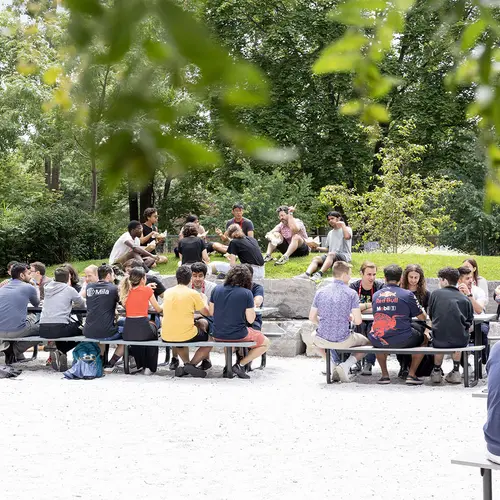
Frank Wood
Biography
Frank Wood is an associate professor of computer science at the University of British Columbia, and an Affiliate member at Mila – Quebec Artificial Intelligence Institute. He is also the CEO of Inverted AI.
His research interests include probabilistic programming, as well as automatic learning and probabilistic AI. He is particularly interested in Bayesian methods and unsupervised learning.


